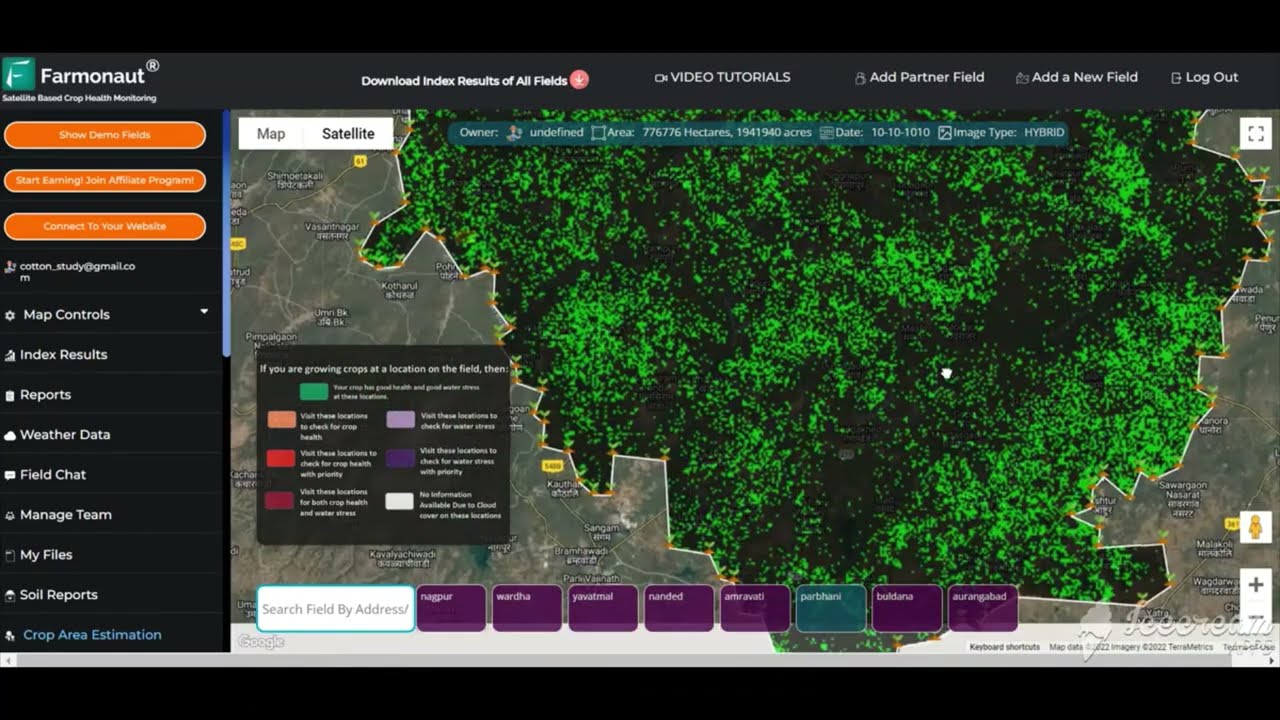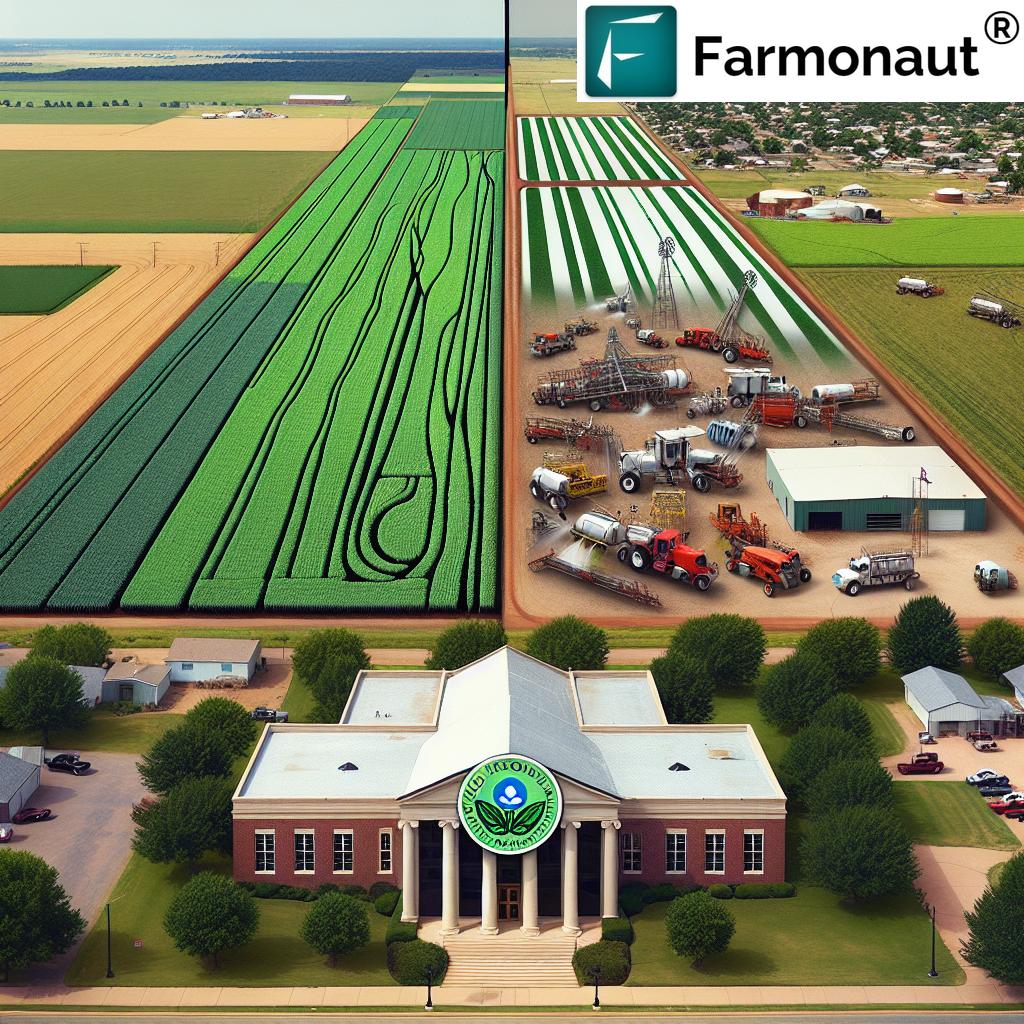Historic Bakersfield Estate: California Cotton Legacy for Sale in Oleander District
“The historic Bakersfield estate, built in 1888, spans over 1.5 acres in the Oleander District, showcasing 135 years of California’s cotton legacy.”
Welcome to a journey through time as we explore a remarkable piece of California’s agricultural history. Today, we’re delving into the story of a historic California estate for sale in Bakersfield’s Oleander District. This property isn’t just a home; it’s a living testament to the rich legacy of Kern County agriculture and the San Joaquin Valley’s cotton farming heritage.
A Glimpse into California’s Agribusiness Development
As we step onto the grounds of this 1888 landmark property, we’re immediately transported to an era when California’s interior valleys were on the cusp of an agricultural revolution. Spanning over 1.5 acres, this estate offers more than just architectural charm; it provides a window into the development of California’s multibillion-dollar agribusiness industry.
Located near downtown Bakersfield, this property features a main residence and guest buildings, all nestled within lush gardens and surrounded by mature trees. But what truly sets this estate apart is its pivotal role in adapting cotton cultivation to California’s unique climate and soil conditions.

The Cotton Connection: From Southern Roots to Western Success
To truly appreciate the significance of this estate, we must understand its connection to the national agricultural landscape. In the early 20th century, when cotton was primarily a Southern crop, visionaries like those who lived in this very home saw the potential for cotton cultivation in California’s San Joaquin Valley.
This estate witnessed firsthand the transformation of local agriculture into a powerhouse industry. The innovative practices developed here shaped not just California’s agricultural landscape but influenced national agricultural policies as well.
A Timeline of California’s Cotton Industry
| Year | Event | Significance |
|---|---|---|
| 1888 | Estate construction | Establishment of the landmark property in Bakersfield |
| Early 1900s | Cotton introduction to California | Beginning of cotton cultivation experiments in the state |
| 1920s | Cotton boom in San Joaquin Valley | Rapid expansion of cotton farming in the region |
| 1930s | Agricultural policy changes | Implementation of new regulations affecting cotton production |
| 1950s | Technological advancements in cotton farming | Introduction of mechanization and improved farming techniques |
| 1970s | Peak of California cotton production | State becomes a major player in the national cotton industry |
| 2000s | Shift in agricultural practices | Diversification and sustainability focus in farming |
| Present day | Estate’s current status and value | Recognition as a historic property with significant market value |
This timeline illustrates the evolution of California’s cotton industry, highlighting the crucial role played by estates like the one we’re featuring today. It’s a testament to the foresight and perseverance of early agriculturalists who saw potential where others saw challenges.
The Estate’s Architectural Marvel
Now, let’s take a closer look at the estate itself. The exterior of the home at 701 Oleander Ave. in Bakersfield, California, is a sight to behold. Built around 1888, this historic estate is currently on the market for just under $1.4 million, offering a rare opportunity to own a piece of California’s agricultural heritage.
The property boasts:
- A main residence with original moldings and legacy wallpaper
- Three guest buildings
- Lush gardens with mature trees
- An updated kitchen
- An outdoor kitchen perfect for entertaining
- A gazebo and a stream running through the property
This combination of historical value and modern amenities makes the estate an attractive prospect for both local and out-of-state buyers seeking a unique piece of California’s past.

“This landmark property near downtown Bakersfield played a crucial role in transforming local agriculture into a multibillion-dollar industry in California’s interior valleys.”
The Oleander District: A Neighborhood on the Rise
The Oleander District, where this historic estate is located, is experiencing a renaissance of sorts. As one of Bakersfield’s historic neighborhoods, it’s becoming increasingly sought after by a diverse range of buyers, including out-of-town transplants looking for a change of pace and a connection to California’s rich history.
The neighborhood offers:
- Tree-lined streets with a charming, established feel
- Proximity to downtown Bakersfield and its amenities
- A mix of historic and modern homes
- Easy access to parks and local attractions
For those interested in the agricultural aspects of the region, Farmonaut’s crop plantation and forest advisory services can provide valuable insights into modern farming practices in the area. These services offer real-time monitoring and AI-driven advice, helping to bridge the gap between historical agricultural methods and cutting-edge technology.
The Legacy of Cotton in California
The story of this estate is inextricably linked to the history of cotton in California. In the early 20th century, when the Southern states were grappling with the devastating effects of the boll weevil, California emerged as a potential new frontier for cotton cultivation.
Key figures in this agricultural shift included:
- W.B. Camp, credited with adapting cotton to California’s climate
- Researchers from the University of California
- Federal agricultural experts sent to explore new cotton-growing regions
These pioneers in agriculture not only established cotton as a viable crop in California but also set the stage for the state to become a leader in agricultural innovation. Today, California’s agricultural sector is a nearly $60 billion-a-year industry, thanks in large part to the groundwork laid by these early visionaries.
For those interested in modern agricultural management, Farmonaut’s large-scale farm management solutions offer cutting-edge tools for optimizing crop yields and resource management, continuing the legacy of innovation started by California’s early cotton farmers.
The Estate’s Role in Agricultural Innovation
The estate at 701 Oleander Ave. was more than just a residence; it was a hub of agricultural innovation. Its owners were at the forefront of developing new farming techniques, experimenting with crop varieties, and shaping agricultural policies that would have far-reaching effects.
Some of the key contributions associated with the estate and its owners include:
- Adaptation of Acala cotton, a variety that became synonymous with California cotton
- Establishment of the USDA Cotton Experiment Station in Shafter
- Implementation of single-variety cotton policies to ensure product consistency
- Involvement in national agricultural policies during the New Deal era
These innovations helped establish California as a major player in the national and international cotton markets, setting standards for quality and consistency that are still relevant today.
The Estate’s Historical Significance
The historical significance of this estate extends far beyond its architectural beauty. It has been a witness to and participant in some of the most transformative periods in California’s agricultural history. From hosting influential figures in the agricultural world to serving as a backdrop for crucial discussions on farming policies, this property has played a vital role in shaping the agricultural landscape of California.
Notable aspects of the estate’s history include:
- Hosting dignitaries and agricultural leaders
- Serving as a model for efficient farm management
- Contributing to the development of agricultural education programs
- Preserving traditional farming knowledge while embracing innovation
For those interested in the modern aspects of agricultural management, Farmonaut’s fleet management solutions offer innovative ways to optimize farm operations, carrying forward the legacy of efficiency and innovation that this estate represents.
The Future of Agriculture and Real Estate in Bakersfield
As we look to the future, the sale of this historic estate raises interesting questions about the intersection of agriculture, real estate, and heritage preservation in Bakersfield and the broader San Joaquin Valley. The region continues to be a crucial agricultural center, adapting to new challenges such as water scarcity and changing market demands.
Key trends shaping the future of agriculture and real estate in the area include:
- Increasing interest in sustainable and precision farming techniques
- Growing demand for properties with historical significance
- Diversification of crops beyond traditional staples like cotton
- Integration of technology in both farming and property management
For those involved in modern agricultural practices, Farmonaut’s carbon footprinting services can help farms and agribusinesses monitor and reduce their environmental impact, aligning with the growing focus on sustainability in the agricultural sector.
The Appeal to Modern Buyers
This historic Bakersfield estate appeals to a diverse range of potential buyers. Its combination of historical significance, architectural beauty, and prime location makes it an attractive prospect for:
- History enthusiasts looking to own a piece of California’s agricultural legacy
- Investors interested in unique, high-value properties
- Families seeking a spacious home with character and modern amenities
- Agricultural professionals interested in connecting with the region’s farming heritage
The estate’s location in the Oleander District, combined with Bakersfield’s growing appeal as an alternative to more expensive California cities, adds to its attractiveness. The ability to own a significant piece of history while enjoying the benefits of a thriving, modern city is a rare opportunity indeed.
For those interested in the agricultural aspects of the region, Farmonaut’s crop loan and insurance services can provide valuable support for agricultural investments, offering modern financial tools to complement the rich farming heritage of the area.
Preserving History While Embracing the Future
The sale of this historic Bakersfield estate represents more than just a real estate transaction; it’s an opportunity to preserve a crucial piece of California’s agricultural history while adapting it for modern use. The challenge for the new owners will be to maintain the property’s historical integrity while making it functional for contemporary living and potentially continuing its legacy of agricultural innovation.
Potential ways to honor the estate’s history while embracing the future include:
- Restoring and preserving original architectural features
- Creating educational programs about the property’s role in agricultural history
- Implementing sustainable landscaping practices that reflect the region’s agricultural heritage
- Utilizing modern agricultural technologies to continue the estate’s tradition of innovation
For those interested in blending traditional agriculture with modern technology, Farmonaut’s product traceability solutions offer ways to ensure transparency and quality in agricultural production, aligning with the estate’s historical commitment to agricultural excellence.
Conclusion: A Unique Opportunity in California Real Estate
The historic Bakersfield estate at 701 Oleander Ave. represents a rare confluence of California’s rich agricultural history, architectural heritage, and modern real estate opportunity. As it enters the market at just under $1.4 million, it offers potential buyers the chance to own not just a home, but a piece of the story that shaped California’s agricultural landscape.
From its role in the development of the cotton industry to its potential for future innovation, this estate embodies the spirit of California’s agricultural legacy. Whether purchased as a family home, a historical preservation project, or an investment in Bakersfield’s growing real estate market, this property promises to continue its role as a landmark in the Oleander District and beyond.
As we look to the future of agriculture and real estate in California, properties like this serve as important reminders of our past while inspiring new generations to continue the tradition of innovation and stewardship of the land. The sale of this estate is not just a transaction; it’s an opportunity to become part of an ongoing story of California’s agricultural excellence and innovation.
FAQs
- What is the historical significance of this Bakersfield estate?
The estate, built in 1888, played a crucial role in adapting cotton cultivation to California and contributed to the development of the state’s multibillion-dollar agricultural industry. - How large is the property?
The estate spans over 1.5 acres in Bakersfield’s Oleander District. - What are some key features of the estate?
It features a main residence, three guest buildings, lush gardens, mature trees, an updated kitchen, and an outdoor entertainment area. - Why is the Oleander District becoming popular?
The neighborhood is experiencing a renaissance due to its historic charm, proximity to downtown Bakersfield, and increasing interest from out-of-town buyers. - How does this estate relate to California’s cotton industry?
The estate’s owners were instrumental in adapting cotton cultivation to California and implementing innovative farming practices that shaped the state’s agricultural landscape. - What is the current asking price for the estate?
The historic estate is currently on the market for just under $1.4 million. - How can modern agricultural technologies complement the estate’s legacy?
Technologies like Farmonaut’s satellite-based farm management solutions can help continue the estate’s tradition of agricultural innovation while preserving its historical significance.
Earn With Farmonaut: Affiliate Program
Earn 20% recurring commission with Farmonaut’s affiliate program by sharing your promo code and helping farmers save 10%. Onboard 10 Elite farmers monthly to earn a minimum of $148,000 annually—start now and grow your income!
Farmonaut Subscriptions
Explore Farmonaut’s innovative agricultural solutions:
For developers interested in integrating agricultural data into their applications, check out Farmonaut’s API and the comprehensive API Developer Docs.


















